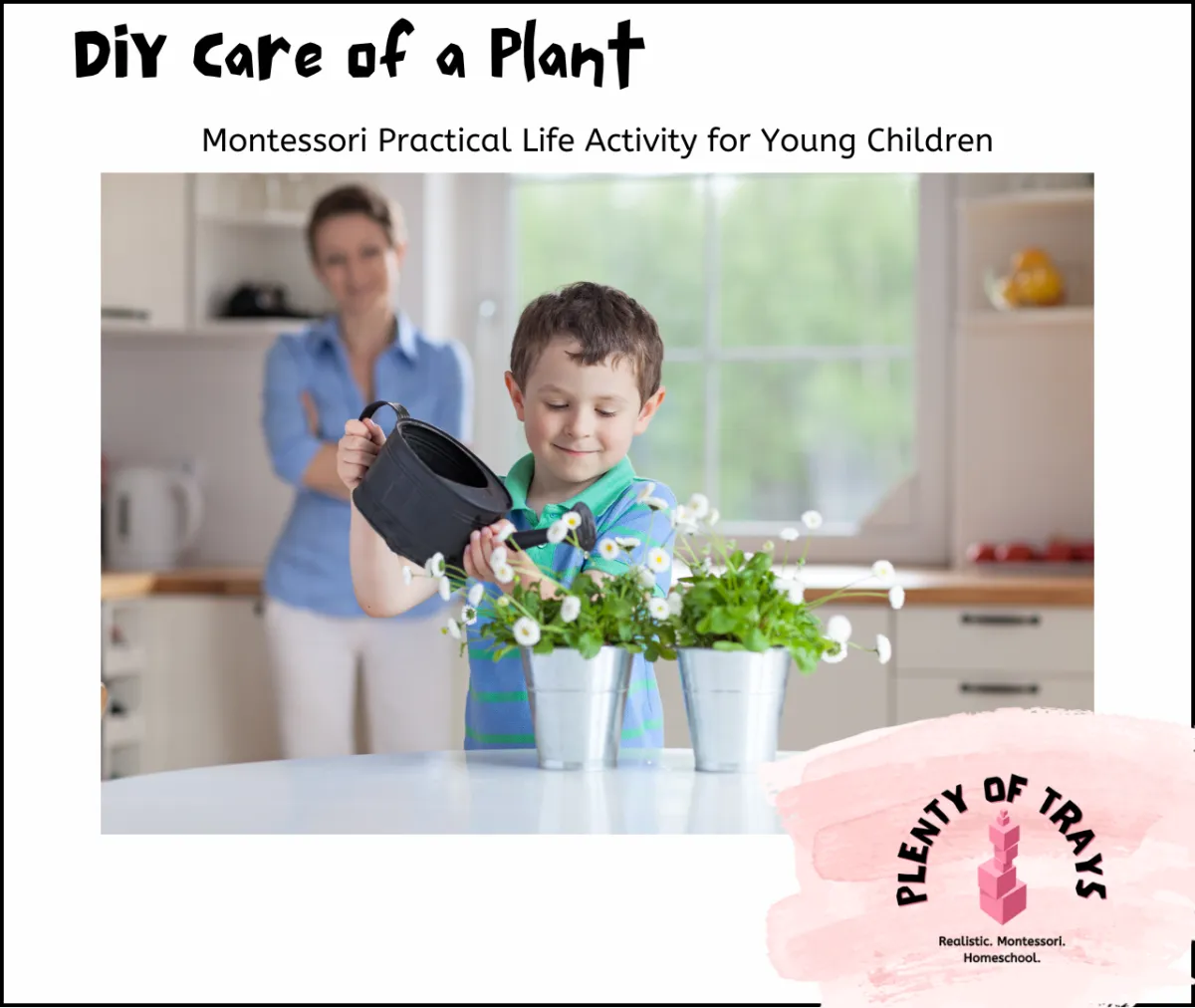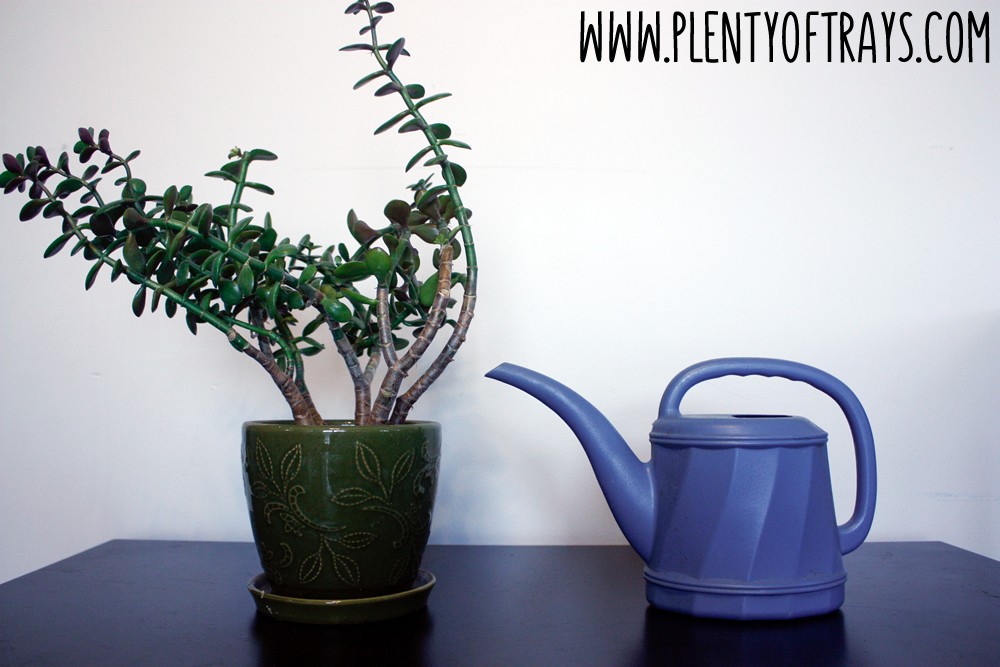
DIY Care of Plant
*Disclaimer: This post may contain affiliate links
Care of Plant
There’s something so life-giving about teaching our children to care for plants — and Dr. Montessori totally agreed. In fact, in The Montessori Method (side note: check ThriftBooks before buying new — budget-friendly is what were all about, right?), she reminds us:
"Set the child at agricultural labour, guiding him to the cultivation of plants and animals, and so to the intelligent contemplation of nature."
Translation? Let kids get their hands dirty. When a child realizes this little plant needs them to survive? It's powerful. Suddenly they have purpose, a reason to slow down and pay attention.
Dr. Montessori also wrote about the quiet lessons that come from this kind of work: patience, wonder, and the connection to something greater than ourselves.
She shares a few more beautiful reasons to include plant care in our children’s days:
"Children are inspired with a feeling for nature... rewarded with a generosity not measured by the labour of those who help it evolve... And the child follows the natural development of humanity — from the wild to the cultivated — just as man did when he discovered agriculture and, eventually, civilization."
So, while this activity might just be about watering a little potted plant today… it’s also about being a part of something much, much bigger.
And hey — if you have a backyard or even a little patio, don’t stop at one potted plant! Set up a raised bed, explore a community garden, or grab some containers and turn your balcony into a veggie-growing jungle.
My kids love planting, weeding, and (of course) snacking on whatever they grow. There’s nothing like a child munching on dirt-covered carrot to make you feel like you’re winning at parenting.

What You’ll Need
Here’s what we use for our plant care setup (nothing fancy, promise!):
Watering can: Find a small one that’s easy to hold. Check your local dollar store or grab a cute squeeze one with adjustable tips (for extra hand strengthening benefits!)
Potted plant: Start simple! Make sure it’s non-toxic for kids and pets. Snake plants, spider plants, or a little pothos can be great.
Soft rag: You can use makeup brushes, q-tips, cotton balls, cotton pads — you name it. The goal is just to gently clean those dusty leaves.
Mister: Not necessary but nice if you for getting the rag or the leaves wet first.
Set it all up on a tray, or pop it onto your practical life shelf. Make sure the plant lives in a sunny, easy-to-reach spot so your child can visit their leafy friend regularly.
Presentation
Here’s how to introduce this work Montessori-style:
Put on your apron. (This shows they’re about to do some work!)
Carefully carry your tray to where the plant lives.
Pick up the watering can and gently pour water into the soil. (You can pre-fill it, or show your child how to do it if they’re ready.)
Place it back on the tray.
Grab the mister and spray the rag a few times.
Hold one leaf steady with one hand, and gently wipe it with the rag using the other hand.
Continue cleaning a few leaves — no rush.
Put the mister back on the tray.
Pop the rag into the laundry bin (or wherever it belongs).
Return the tray to its spot.
Remove the apron.
You can model this process first and then step back — trust the child, and let them take it from there. You can also add a card beside the plant to show when it’s ready to be watered. You can have red on one side, meaning STOP don’t water and green on the other side, meaning GO please water this plant.
Variations
Switch things up by using:
Different plants with unique leaf shapes
Real conversations about the plant’s parts — roots, stems, leaves
A simple observation: what happens when we overwater? Underwater?
Nature journals for drawing the plant’s changes over time
You can even extend the activity to include harvesting herbs for snacks, pressing flowers, or checking on the garden together each morning.